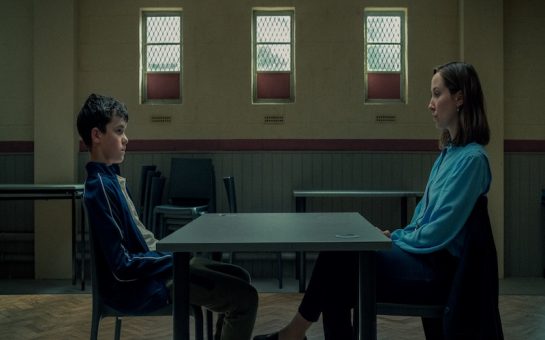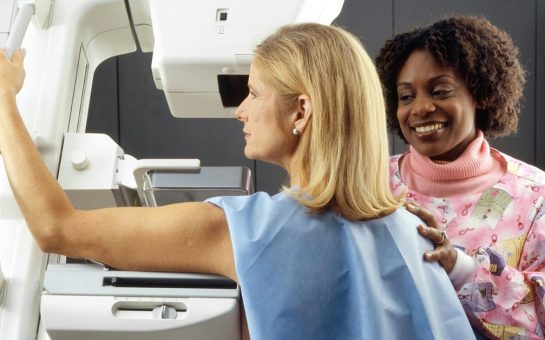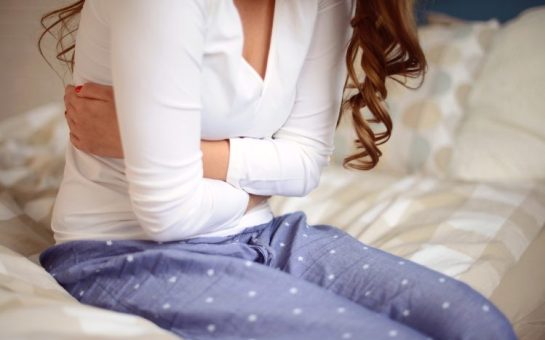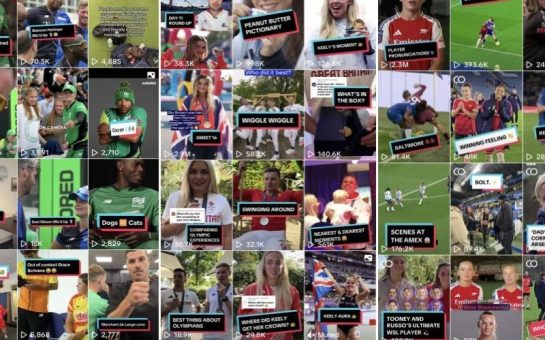By Alice Reeves-Turner
July 14 2020, 10.35
Follow @SW_Londoner
Affecting one in ten British women of reproductive age, Endometriosis is the second most common gynaecological condition in the UK.
But, despite the large number of women suffering from the condition, there is relatively little awareness of it from both woman and health care providers, resulting in endometriosis taking an average of 7.5 years to diagnose due to symptoms being normalised
The condition, which is experienced by 176 million women worldwide, sees endometrial tissue cells, similar to the lining of the womb, grow in other places around the body.
With every menstrual cycle the cells react like womb tissue, building up, breaking down, and bleeding. Except this blood has nowhere to escape and becomes trapped in the body, leading to women experiencing chronic, and in some cases acute pain.
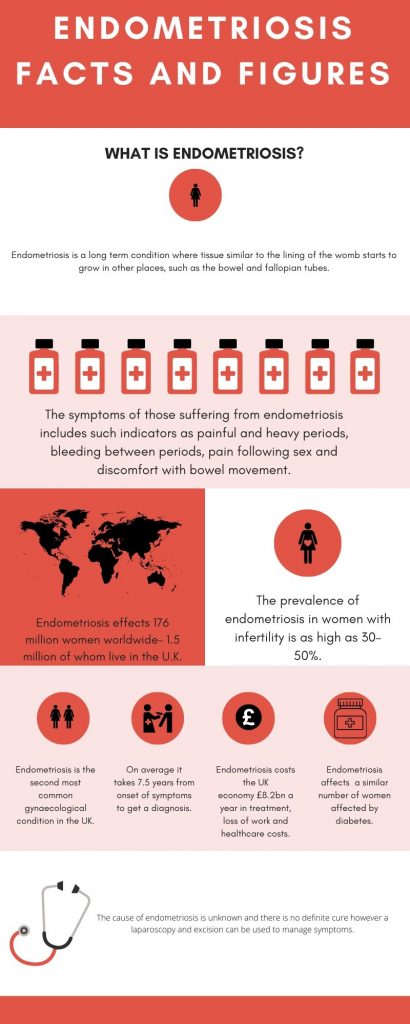
For Sophie Richards, who created an endometriosis blog titled theendospectrum after being diagnosed with the condition at the age of 21, the large number of women affected by endometriosis, and the lack of awareness of it, is far from surprising.
“Considering 10% of the female population has endometriosis it is a bit of a joke how little is known,” she said.
“Before diagnosis I didn’t know what it was, nobody I knew did either. Not even the doctor who diagnosed me did properly.
“I was back and forward to the hospital, back and forward to the GP all the time. I would never get an answer. It was five years from first going to the doctor, and two surgeries later, that I found out I had endo.
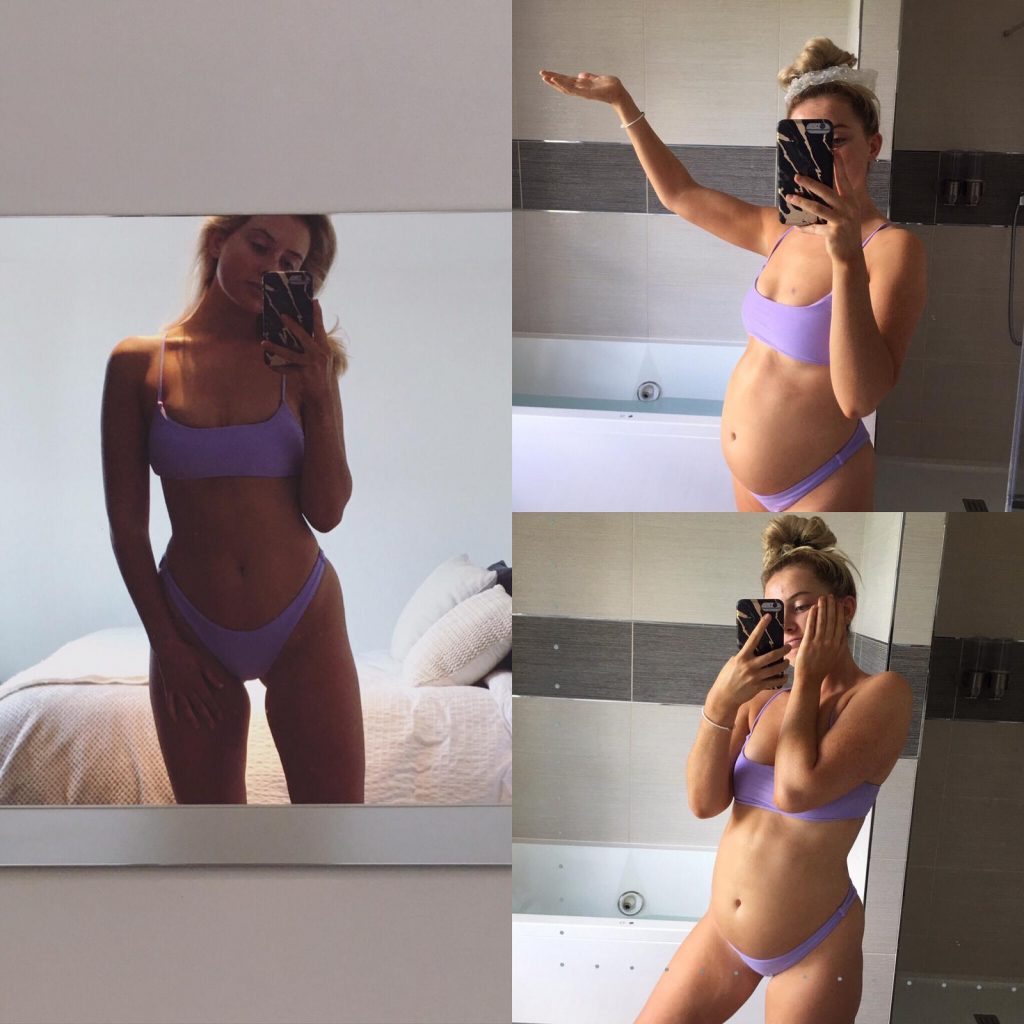
“The only reason that I was diagnosed was because the doctor went on a conference on endometriosis and women’s health two weeks before, but even he then thought it was when you have either two wombs or no womb.
“I actually think that that number of women with the condition is a lot higher. It’s 10% of people that they know have endometriosis. I know so many women that have the same pain as me that are going to the doctors and are not being diagnosed.”
The symptoms of those suffering from endometriosis includes such indicators as painful and heavy periods, bleeding between periods, pain following sex and discomfort with bowel movement, many of which can also be found in those suffering from ovarian cysts and conditions such as IBS.
The similarities in symptoms to other conditions, as well as the lack of awareness from many in the medical profession, can often lead to sufferers of endometriosis being wrongly diagnosed and inappropriately treated.
For Sophie this included being made to believe that she was imagining the severity of the pain she was suffering from, until it was discovered she had cystic ovaries, where all her issues were blamed on the cysts.
She said: “The first few periods I had I was like Jesus this is bad, but it was over that year where I was getting worse and worse, and I just felt like I had these stabbing pains inside of my stomach.
“The bleeding became heavier and heavier, and the pain felt like it was then spreading. In the first year it was two stabbing pains, but then a year later it was four stabbing pains and the year after that I was getting chest pains.
“I was going back and forward to the doctor being like this pain surely isn’t normal.
“I was putting it down to is it in my head? I was saying ‘Am I being crazy, is this what periods are like?’ and they were like ‘Yeah you are, this is just the life of a woman’.
“I was just suffering, and I was suffering on my own because everyone around me, and I thought rightly so, was like ‘God you are pathetic, grow up’.
“I eventually had a scan, in which you could see there was quite a big cyst on one of my ovaries and there’s two cysts on my other ovary.
“I don’t blame doctors for not picking up endometriosis because the symptoms are so similar to cysts which I had, so similar to IBS which again I had all of the symptoms for.”
Within the five years in which it took the 22-year-old to be diagnosed with and receive appropriate treatment for her endometriosis, Sophie was prescribed nine different pills in an attempt to reduce her bleeding.

She additionally received 17 STI tests which would eventually leave her so distressed she was unable to have sex.
“I sympathise that doctors didn’t diagnose me because they didn’t have the knowledge but there was a lot of misconduct,” Sophie said.
“There was an attitude of ‘you’re a young girl who says that she drinks so you’re probably sleeping round’.
“I kept having internal examinations which, although I speak everything now, then I was very private, and I just felt so humiliated every time I had the examinations.
“I just felt completely violated from the examinations. The process of trying to find something in there is obviously rigorous and is something that you should only be doing with that your partner and feel good and happy about it.
“I couldn’t disassociate from that to my now ex-boyfriend trying it on. I would have a wave of panic and run to the bathroom and lock myself in there for an hour. He couldn’t have done anything more right. He was so understanding.”
“I wish there would have been support there that would have been like, you’ve had an internal examination do you need some extra help?”
The only way to determine whether a woman has endometriosis is through keyhole surgery called a laparoscopy, where a surgeon passes a thin tube through small incisions in the stomach so they can see and remove any patches of endometriosis tissue.
There is currently no cure for endometriosis, however, symptoms can be managed through an excision, where the disease is cut out.
A hysterectomy is often offered to sufferers in order to reduce their pain, however for 15 out of 100 women who have this surgery pain will return due to endometriosis being the growth of endometrium-like tissue outside the uterus.
For Sophie the realisation that she was prescribed a hysterectomy as a cure for her endometriosis unnecessarily, acted as inspiration for her to start her endometriosis blog, which currently has more than 6,000 followers.

She said: “I had a laparoscopy and excision when I was 21. I was on cloud nine for four months and then collapsed to the floor in pain again. I went to see my doctor for a check-up, and he put me down for a hysterectomy.
“He said it was the only way that you can formally get rid of endo, but since then I found out that hysterectomies do not cure endometriosis, they cure adenomyosis. They’re very similar conditions but in endo the cells have their own blood flow that are not related to the womb.
“So that’s why I created my endo page, because I was so like oh my god imagine having a hysterectomy and then finding out you didn’t need one; losing your chance to have a child and going through the menopause at 21. It gives me shivers.
“I think my Instagram was a combination of oh my Christ I almost ruined my life from not doing research and thinking doctors know everything when in reality there’s no awareness of women’s health.
“People don’t want to talk about vaginas, they don’t talk about your asshole bleeding, it’s not fun, it’s not sexy.”
Sophie currently controls the symptoms associated with her endometrioses through her diet; she completes prolonged fasts and follows the low carb, high fat keto diet in order to reduce inflammation.
The Loughborough University graduate hopes her Instagram account will not only help educate, but also inspire others suffering from the condition to follow a similar diet.
“When I was diagnosed with endometriosis I instagrammed it, I googled it, and I was just met with 40-year olds crying on Instagram,” she added.
“It was very much like here are my scars where I burnt myself with a hot water bottle, there is no end to this illness, it has broken at my marriage I’ve got no kids, I’ve had a hysterectomy and I’m still in agony.
“I was just like if I keep looking at this stuff it’s going to make me depressed, but it was the only education there. There is like only so many times you can google endo and read the same articles. I was like right I am going to find something that helps me.
“I found prolonged fasting, which reduces inflammation, I found keto and I was like I want other people to know that their food is a massive thing.
“I knew food triggered me, I just didn’t know what food, which made me really anxious about food.
“I was like this is going to change my life. I wanted not only to tell people that there is different types of surgeries, that you don’t need a hysterectomy but also that food and fasting can help massively.
“I just hope that other people can be comforted by my account.”
